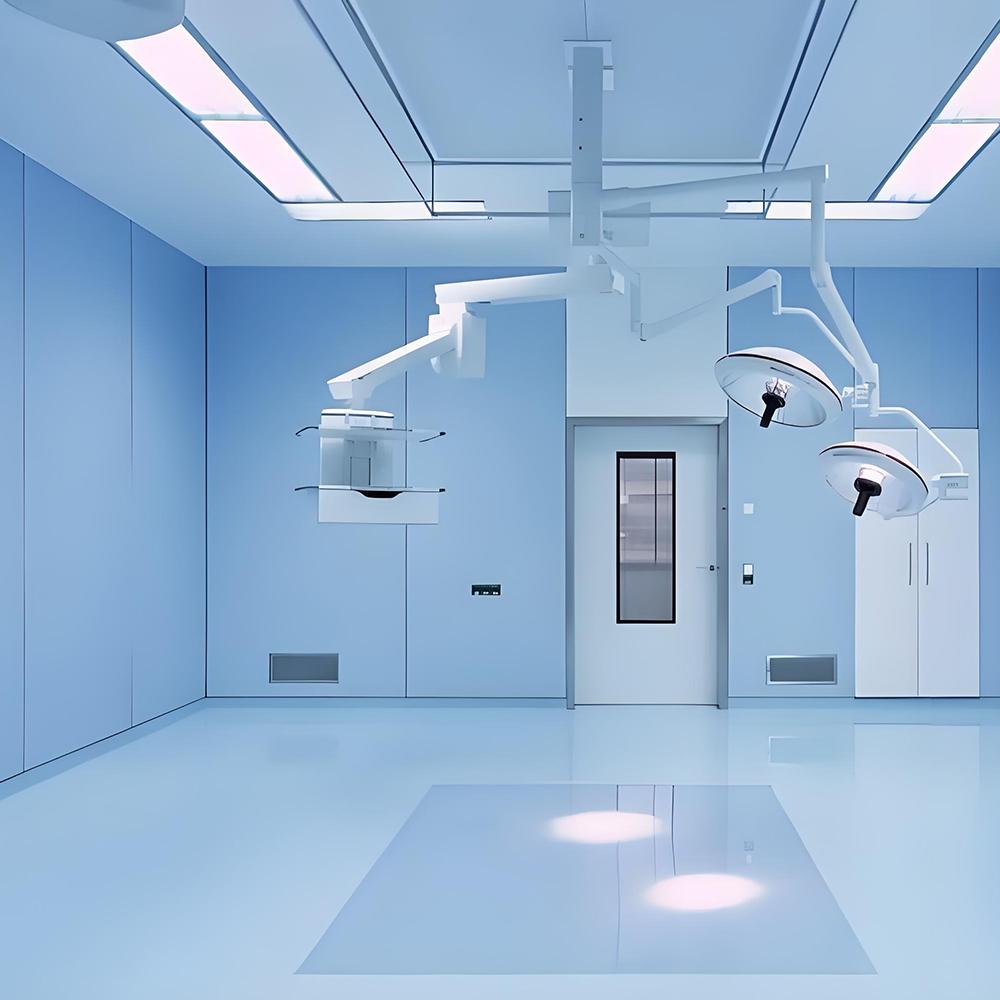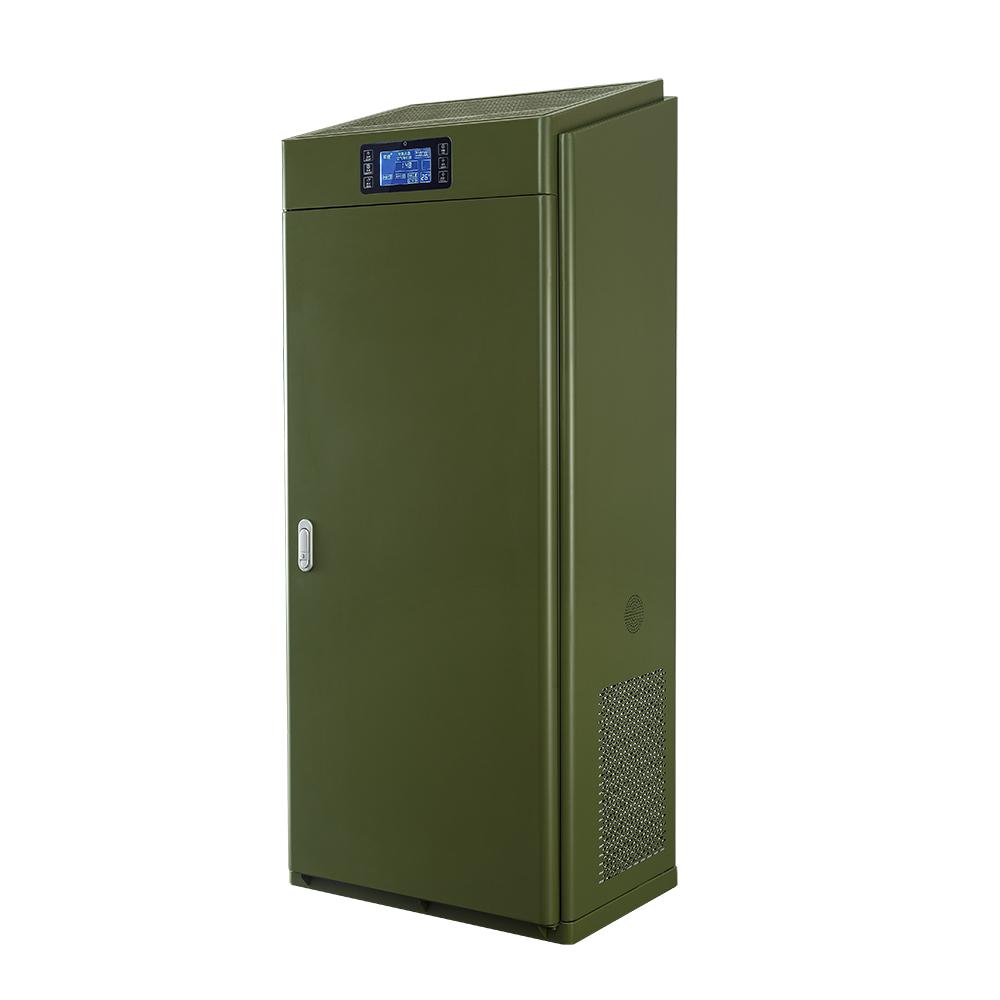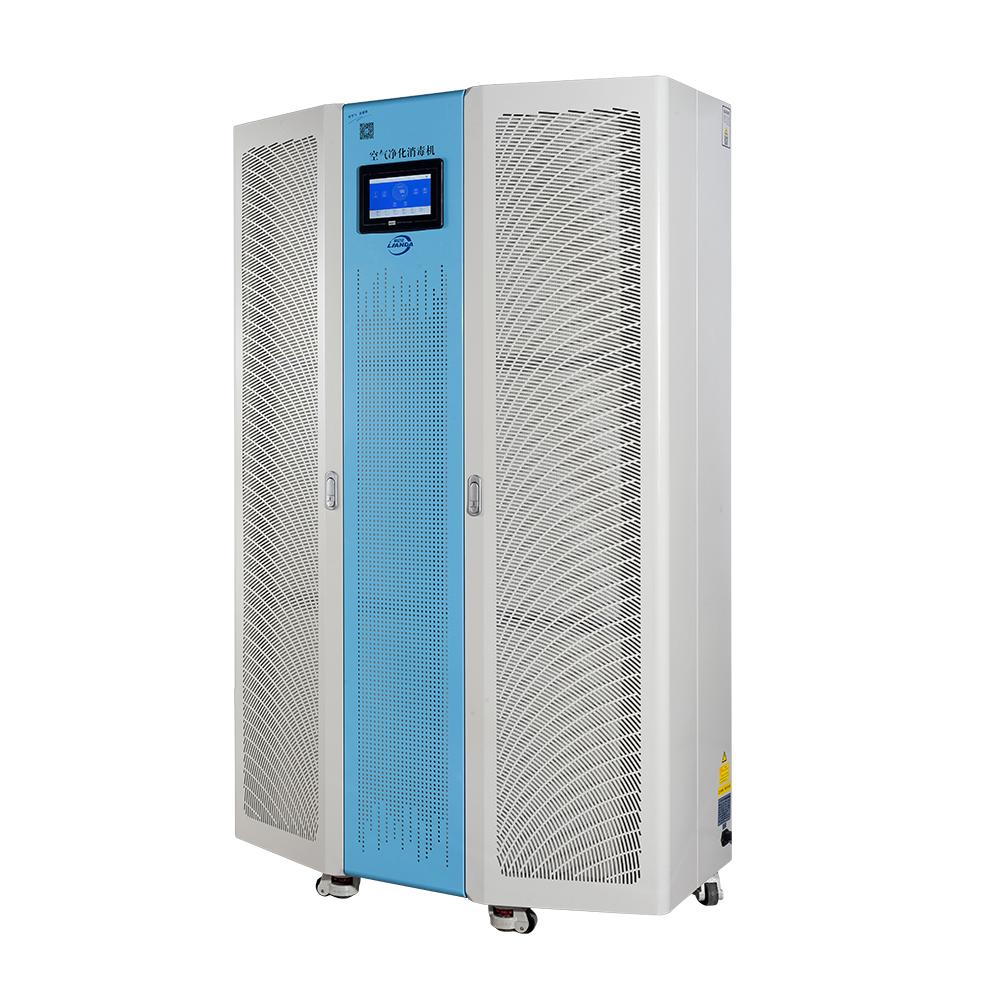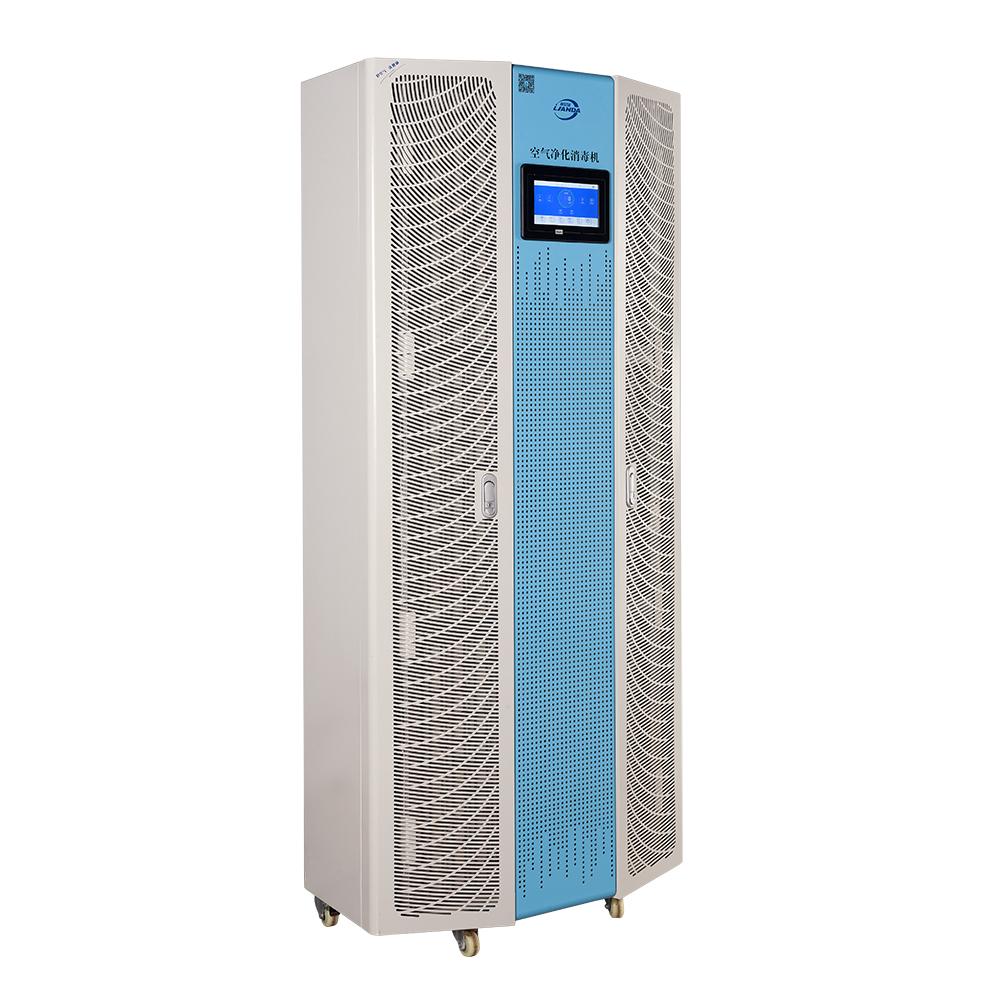The people in this row seem to have returned to normal, but some of the "chosen ones" have not been infected with the virus, and it is unknown whether they will be infected again in the future. So, air disinfection machines have become a must-have for everyone in this special period. Many people ask:
Is the air disinfection machine really useful? Is the air disinfection machine a designated air purifier? Is there any difference between these two things? What is the sampling and air disinfection machine? After reading this article, the questions should be clear. The following content is practical and I suggest that you keep it after reading it~
1.What is the difference between an air disinfection machine and an air purifier?
For the convenience of everyone to understand the difference between the two, please refer to the following figure: in terms of appearance and working principle, there are indeed many similarities between air disinfection machines and air purifiers, but there are essential differences in core functions. Air purifiers are positioned to purify the air by adsorbing, decomposing, or converting pollutants such as dust and PM2.5 present in the air. Some mid to high end products also have functions to remove allergens, formaldehyde, and other pollutants. They are sold in accordance with national household appliance management standards.

The task of an air disinfection machine is to clean harmful microorganisms such as bacteria, viruses, and molds in the air, achieving the effect of purifying the air. It usually also has all the functions of an air purifier. The implementation of medical equipment standards for market sales requires registration with the National Health Commission before it can be put on the market for sale.
There are not only dust, PM2.5, formaldehyde and other pollutants in the air, but also many bacteria and viruses that cannot be seen, which may affect the health of people in our housing industry. An air disinfection machine is not equivalent to an air purifier. Choosing a good UV air disinfection machine is equivalent to choosing an air purifier, especially in special places with high indoor environmental health needs and during special periods, choosing an efficient air disinfection machine is undoubtedly a better choice.
2.What are the types of air disinfection machines?
Nowadays, air disinfection machines on the market mainly have different disinfection methods such as active mist ions, ultraviolet rays, photocatalysts, ozone, etc. The disinfection principles are different, so the disinfection efficiency will vary greatly.
1. Active fog ion Active fog ion is a new disinfection and sterilization technology, which is based on the principle that the bacteria and virus are wrapped by the powerful activity of nano water mist, and then the bacteria and virus proteins are changed by carrying active free radicals and negative oxygen ions, making the canal inactive. This technology has a good disinfection and sterilization effect on most pathogenic bacteria and viruses in the environment, such as influenza A virus, hand foot mouth virus, Escherichia coli, Staphylococcus aureus, Aspergillus niger, Klebsiella pneumoniae, and can achieve 99.98% of the inactivation rate of SARS CoV-2 virus and its variants within 15 minutes.
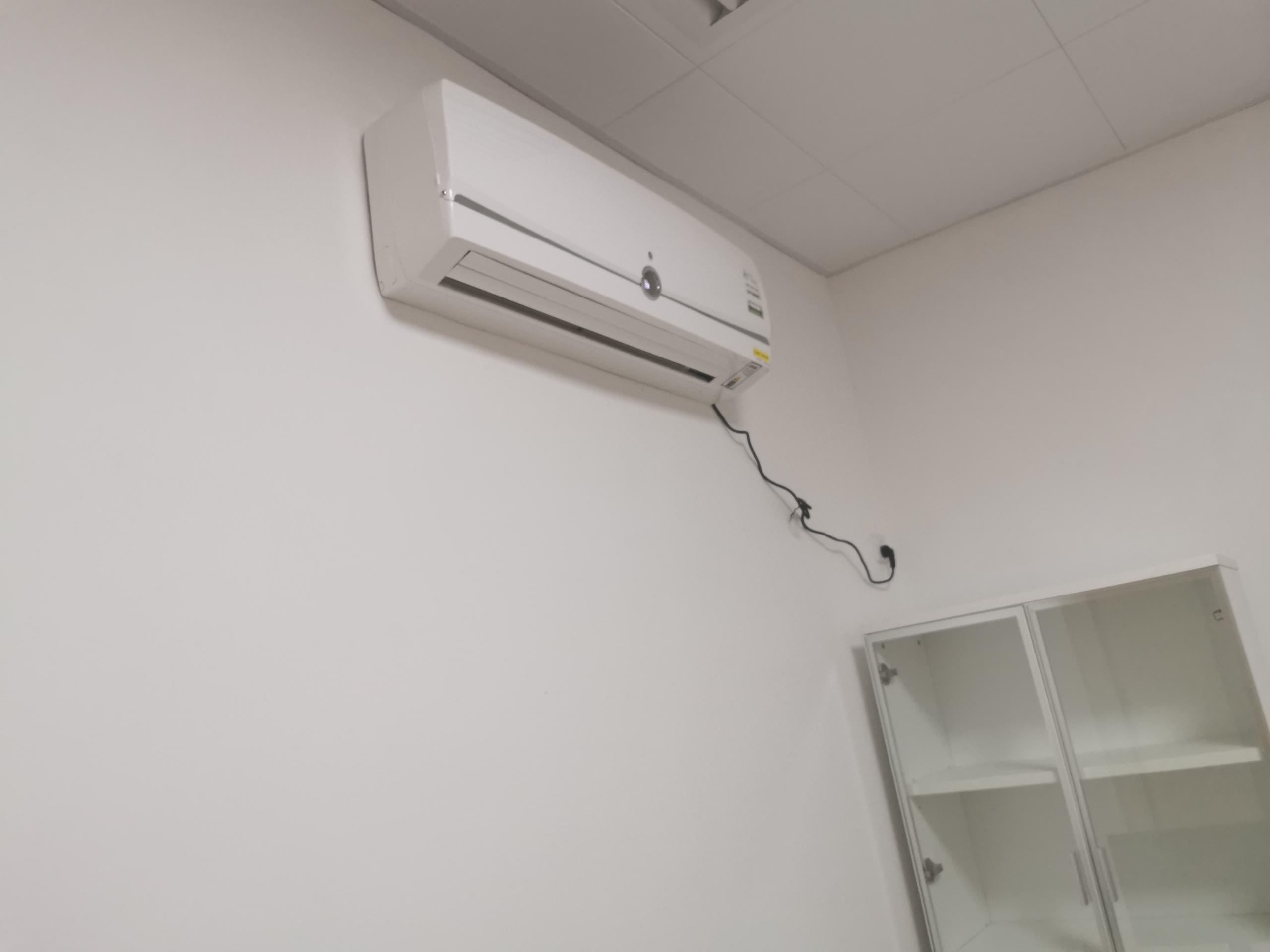
At present, the active fog ion disinfection technology has been used in the Beijing Winter Olympics, and the effect is not wrong. It is widely used in customs, airports, border checks, hospitals, schools, and other places, which helps with epidemic prevention and control.
UV disinfection is a common disinfection method, which has the characteristics of low cost, good effect, and easy to use, and is widely used in various disinfection scenarios. High intensity ultraviolet radiation can damage the DNA and RNA structure of microorganisms, causing them to lose their ability to reproduce and replicate, resulting in their death, and playing a role in disinfection and sterilization. Ultraviolet radiation can ionize oxygen in the air, producing ozone with disinfection and sterilization effects to achieve disinfection purposes.
Be careful, high-intensity ultraviolet radiation is harmful to the human body and is usually used indoors or inside the box without human intervention. After disinfection, it is necessary to immediately ventilate and keep the air unobstructed.
Photocatalysts, using titanium dioxide under specific ultraviolet light irradiation, can generate active free hydroxide radicals and reactive oxygen ions, which can decompose formaldehyde and benzene substances. Reactive oxygen ions also have a sterilizing effect and are commonly used in indoor formaldehyde removal processes.
Ozone has strong oxidizing properties and can effectively oxidize and destroy bacteria and viruses. Although ozone disinfection has no blind spots, high concentrations of ozone have a pungent odor and are harmful when inhaled. Active mist ions spread everywhere, actively eliminating various bacteria and viruses, and also having a good effect on harmful substances. Some large venues are widely used in special locations.

